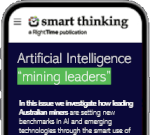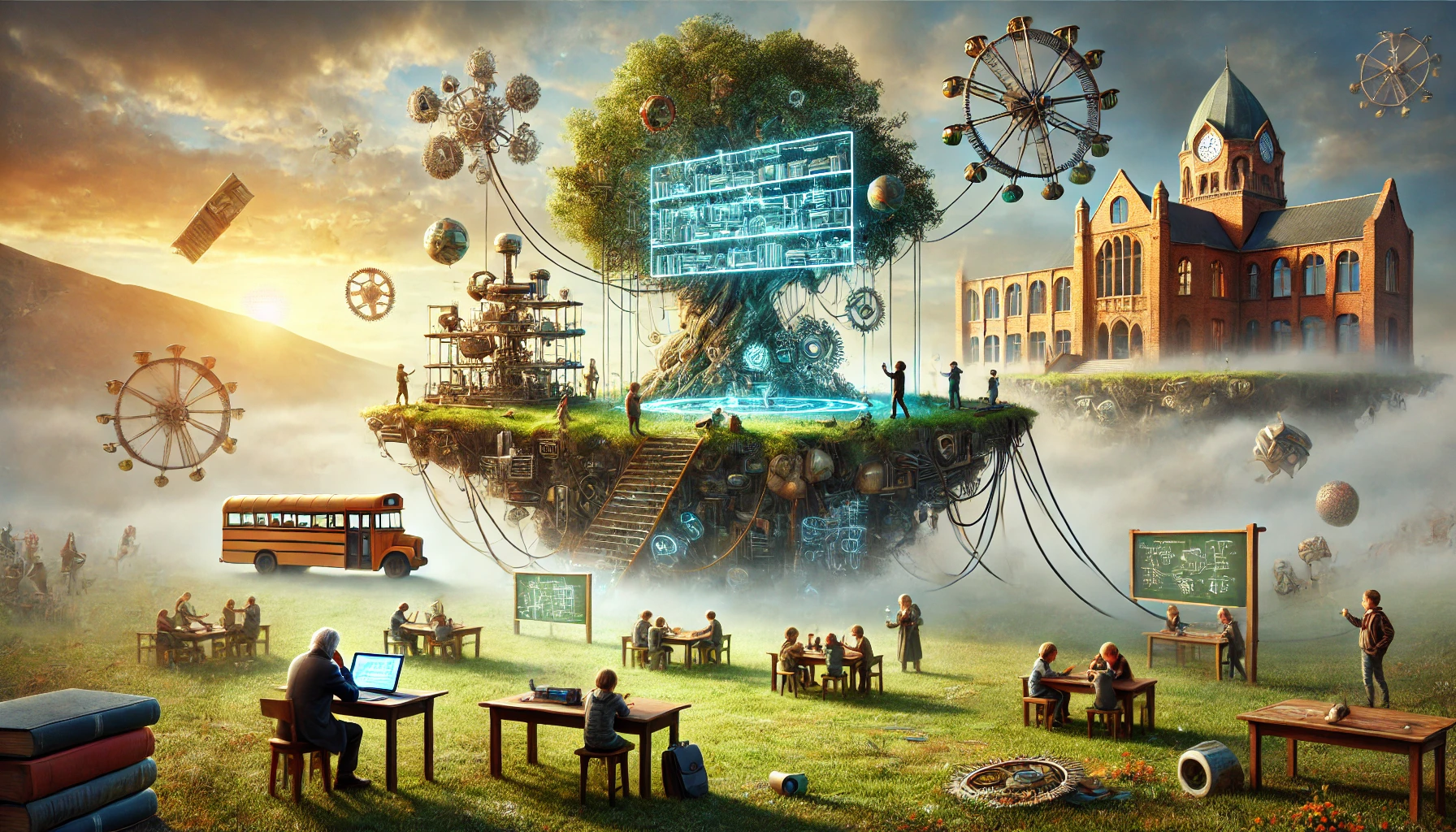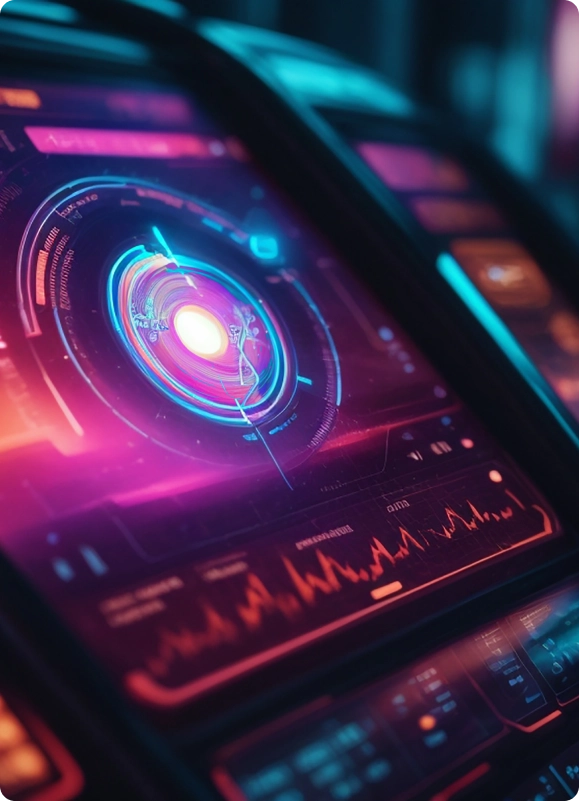The End of Software as We Know It:
How AI Will Usher in the Age of Disposable Programs
Throughout history, humanity has been defined by its relationship with scarcity. We are wired to innovate not in times of comfort, but in times of constraint. When food was scarce, for example, our ancestors became masters of efficiency, squeezing every calorie out of small harvests just to survive.
But then came the agricultural revolution, and with it, abundance. Suddenly, scarcity gave way to surplus, and society transformed accordingly. People stopped obsessing over each meal, and civilizations grew. In an age of abundance, we began to think bigger, broader, and differently.
We’ve seen this same pattern play out over and over again in history:
Scarcity gives way to abundance, and then huge societal change occurs.
Before the printing press, the written word was scarce, carefully guarded and painstakingly copied by hand. But after Gutenberg’s invention, knowledge spread far and wide. A new abundance of information enabled the Renaissance and the Enlightenment.
Then came the industrial revolution, when labor transitioned from muscle power to machine power. For millennia, the limits of human effort defined how much work could be done. But suddenly, machines allowed us to transcend those limits. The abundance of mechanical labor changed everything—society restructured itself around what could now be produced in mass.
Fast forward to the age of computers. Once again, we found ourselves in a revolution—but this time, it wasn’t physical labor being transformed. It was mental labor. Knowledge work, once painstakingly slow and manual, became infinitely more scalable.
Throughout history, technology has shaped how we work, often limited by the scarcity of resources like memory and storage. In the early days of computing, RAM and disk space were precious, so developers focused on making everything as efficient as possible. This led to methods like minimizing data size through strict database structures, which kept storage small but made accessing data slower.
However, today’s world is one of abundance. Memory, storage, and computing power are cheap and widely available, meaning those old constraints are no longer necessary. Now, speed and flexibility take priority over efficiency. Modern systems can handle vast amounts of data without worrying about space, allowing us to focus less on optimization and more on getting things done quickly.
But what happens when the cost of RAM, storage, and compute effectively goes to zero? When resources are limitless, how does that change the way we work? More than that—what does it mean for humanity when the boundaries we’ve always worked within disappear? It opens the door to unimaginable possibilities, reshaping everything from productivity to creativity, pushing us to rethink what’s possible in a world without limits.
As remarkable as the digital revolution has been, we are still, in some ways, operating under the rules of scarcity. It’s a scarcity of attention, of focus, and of skill—because, even with all our tools, most work still requires human effort to sequence, organize, and solve problems.
But all of what we know is about to change. And when it does, it will be the biggest shift we’ve seen yet.
In fact, it’s already begun.
At the end of 2022, a new milestone passed almost without fanfare: for the first time, artificial intelligence systems like ChatGPT began to interact with the world in a fundamentally different way. Before this, computers—however fast or sophisticated—were always driven by human input. If you wanted information, you searched for it, you sifted through results, and you decided what mattered. With ChatGPT and its successors, that model broke. You no longer had to search for information; you could simply ask, and the answer was delivered.
This may seem like a small change, but it represents a monumental shift in how we engage with technology. We have passed the threshold of human-directed work into something far more profound: an age in which computers don’t just answer questions—they solve problems in real time, building tools and applications on-demand.
The implications of this are staggering. For decades, software has been a labor-intensive process. Need a word processor? Someone had to build WordPerfect. Want a system to run your company’s finances? Enter the multi-billion-dollar ERPs of SAP and Oracle. The result was massive, monolithic programs built to solve broad problems for millions of users.
But what happens when software itself becomes abundant—when it’s no longer a precious, labor-intensive product but something disposable, created in the moment for a specific task and discarded the next? That’s where we’re headed.
Imagine this: you need to analyze a set of data. Instead of opening Excel, writing formulas, or searching for a solution, your virtual assistant instantly creates a custom program tailored to your exact needs. It generates, tests, deploys, and executes the code in the blink of an eye. Once the task is done, the program disappears. No storage, no maintenance, no application licenses—just an ephemeral tool built for you, in that moment.
The world of software as we know it is about to dissolve. In the near future, the vast majority of applications may not even have a name, because they won’t exist long enough to earn one. Like disposable plastic forks, they will be created, used, and discarded. We are shifting from an era of building and refining large, multi-purpose applications to an era of single-use software.
This is not a shift in programming languages or development methods. This is a shift in how we think about work itself. In the age of scarcity, we needed to focus on the tools—Word, Excel, Salesforce—because we had to make sure the tools worked for us. But in an age of abundance, the tools will no longer matter. What matters will be the outcome.
Of course, there will be some who want to inspect these fleeting applications, who will delve into the generated code, tweaking and refining it. But for most people, the idea of focusing on the tool will seem quaint—why worry about the code when you can simply get the result?
The implications go beyond convenience. This shift is fundamentally non-obvious because it challenges the very bedrock of how we understand productivity. Today, software developers are among the most highly valued professionals, tasked with building and maintaining the systems that power entire industries. But what happens when AI can write, test, and deploy custom programs on-demand, in seconds, and with zero human intervention? The scarcity of development talent that has driven software’s evolution for the past fifty years will evaporate.
We will no longer be talking about getting work done through software. We will be talking about work being done by software. And that distinction, subtle as it may seem, will make all the difference. The programs we rely on today—our Office suites, our ERPs, our CRMs—will seem like relics, built for a world in which software itself was scarce.
The crescendo of this transformation is coming. We’re moving toward a world where the only constant is change, where the programs of tomorrow won’t be built for everyone—they’ll be built for you, in the moment you need them. Software, in this future, won’t be something you install, update, and use. It will be something that comes and goes, like a whisper, solving your problem and disappearing into the ether.
The punchline?
In the age of AI, software will no longer be a product—it will be a moment. And in that moment, everything will change.








